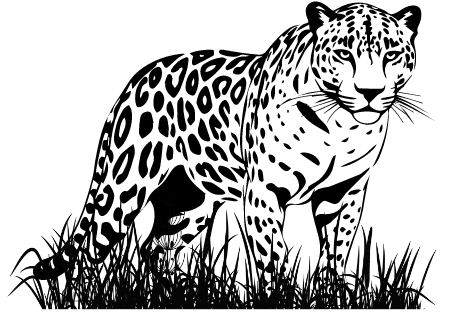The Shipibo-Konibo people This people has its origin in a series of cultural fusions between three groups that were previously distinct from each other: the Shipibos, the Konibos and the Shetebos. The name of this town would be related to the terms “monkey” and “fish” in the original language. According to the oral tradition of this people, the Shipibo-Konibo received this name because in the past they blackened their forehead, chin and entire mouth with a natural black dye, which made them look like a monkey that they called shipi. Today, the citizens of this town have accepted this name without considering it pejorative and reclaiming it (Morin 1998).
The Shipibo-Konibo have been known for their great mobility and their ability to organize conglomerates of the indigenous population in urban areas, an example being the Cantagallo Community, the best-known and most numerous Amazonian indigenous settlement in Metropolitan Lima, located in the Rímac district. .
On the other hand, the craft and textile production of the Shipibo-Konibo people is one of the most famous in the Peruvian Amazon due to its typical designs. The famous Kené design system has fundamental value in the Shipibo-Konibo culture, as it expresses their worldview. In 2008, kené was declared Cultural Heritage of the Nation with Directorial Resolution RD N 540/INC-2008.
This riverside town was traditionally located on the shores of the Ucayali River and its tributaries. Currently, the Shipibo-Konibo communities are located in the departments of Ucayali, Madre de Dios, Loreto and Huánuco. According to data obtained by the Ministry of Culture, the population in the communities of this town is estimated at 32,964 inhabitants, making it one of the most numerous towns in the Peruvian Amazon.
